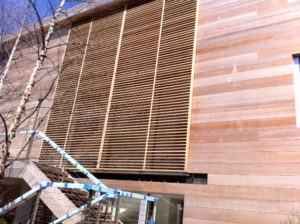
The cornerstones of the Alpha brand all work together. Grain and texture affect opacity, species determines grain pattern and texture. Finally opacity can make or break the entire look if “grain through the stain” isn’t at the forefront of everyone’s mind. But there is one last principle that showcases all the other elements and puts them into the proper context to be appreciated. Profile. The profile is what takes the project from a drawing or small sample board to a fully realized vision. It is a bridge from idea to cladding or decking or whatever application it is for your specific project. And the profile chosen can actually change how your finish board looks and how it is installed.
Cladding Profiles Punctuate the Design
Simply put, profile impacts how the design can be used within the context of a project. By changing it, you can go from decking to a porch ceiling, to cladding or even a beam wrap. To create a completely cohesive look from room to room or from outside to inside, simply change the profile. Or mimic the profile across different applications to make a unified design statement. Put another way profile is texture on a grander scale. Remember how we talked about how texture can change the look of the finish? Now scale that up and think about how the punctuation of a nickel gap shiplap profile adds deep shadow lines to your cladding. Think about how the beveled edge of a V groove T&G profile adds a more subtle shadow line between clapboards on a porch ceiling. Or deeply fluted profiles can add great interest and even disguise the transition between boards making an entire feature wall seem like a single wide board. These profile “textures” provide function for the application but also make a serious design statement.
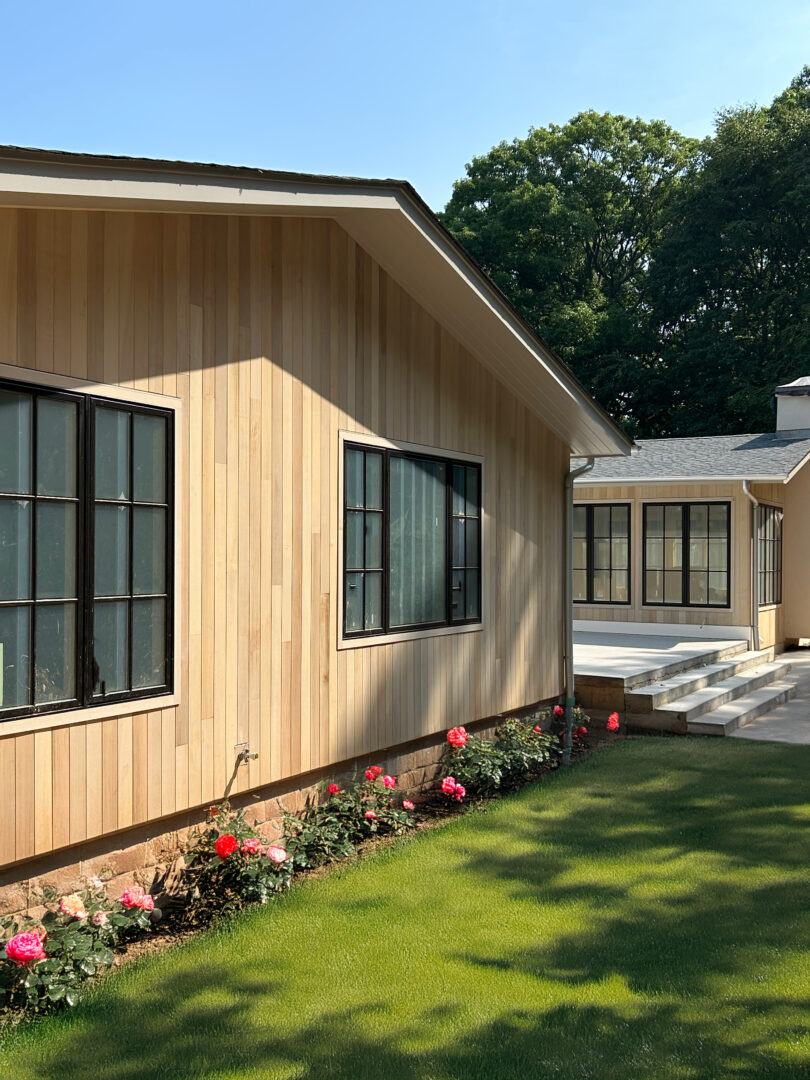
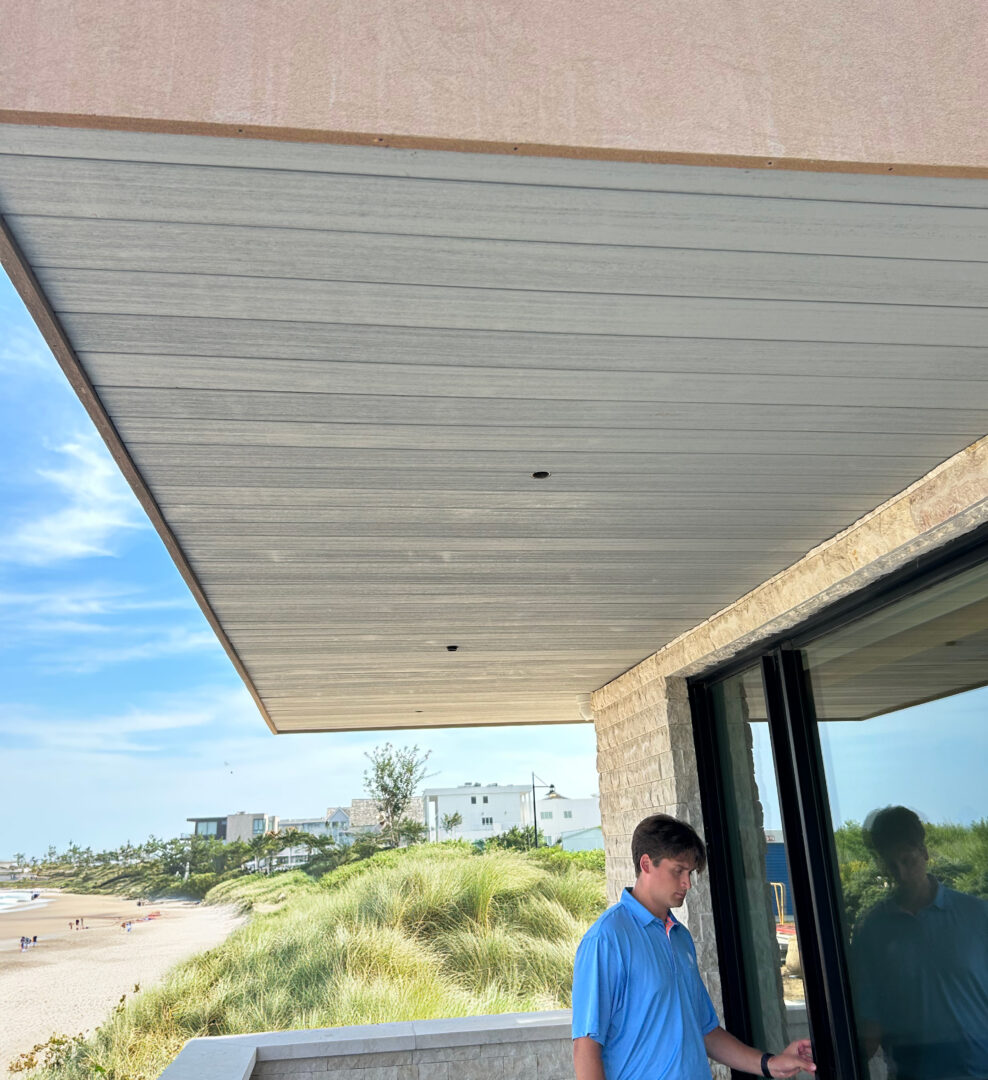
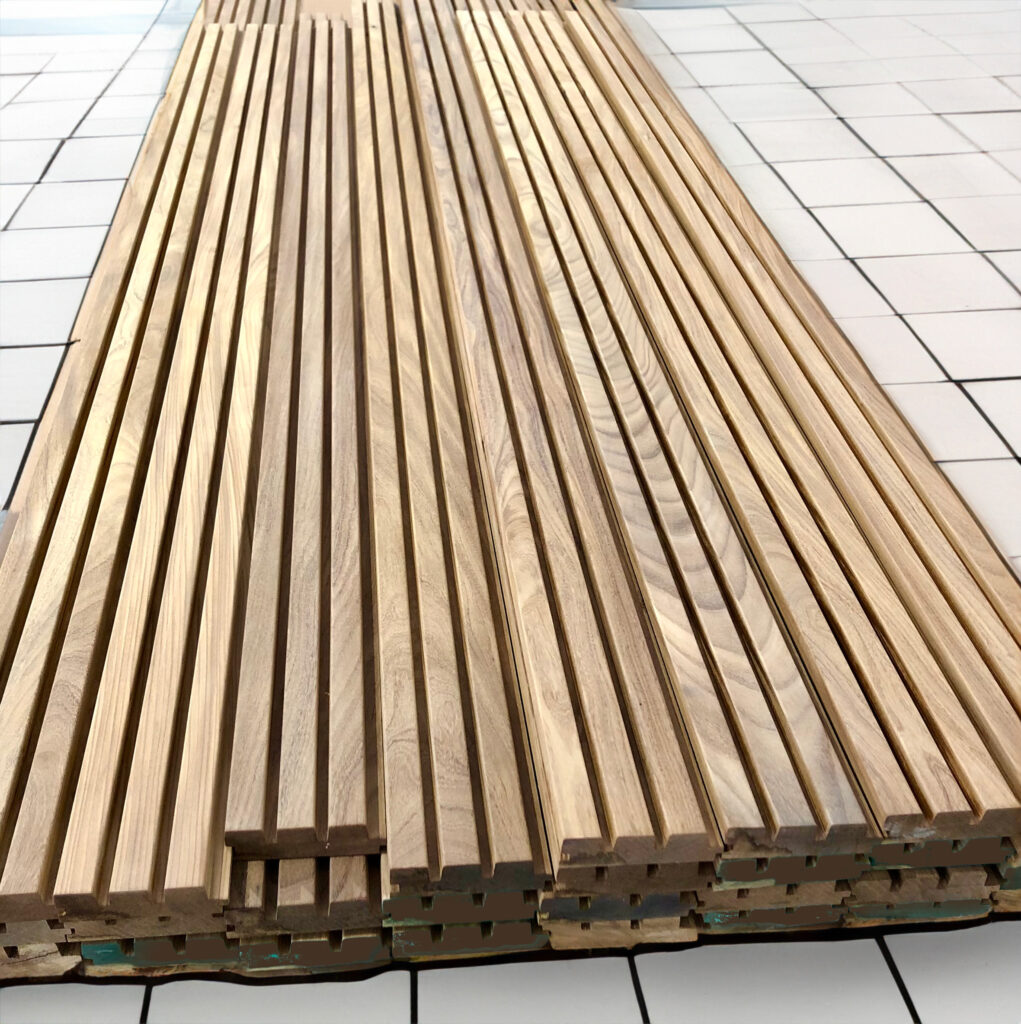
The converse can be true where profile can unify multiple surfaces to blend or even highlight other elements. Removing shadow lines or limiting them can make windows pop or draw attention to the overall line of the structure. A square edged profile can turn many boards into a single uniform surface and reduce the appearance of different grain patterns of many boards.
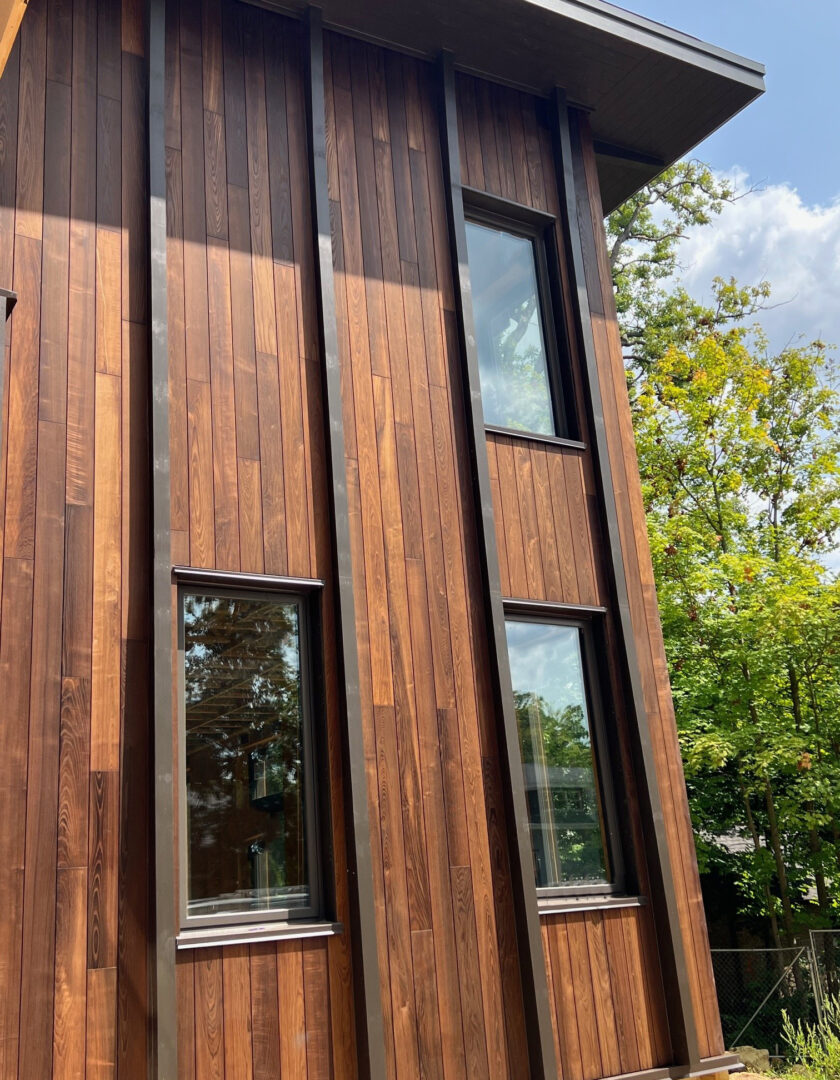
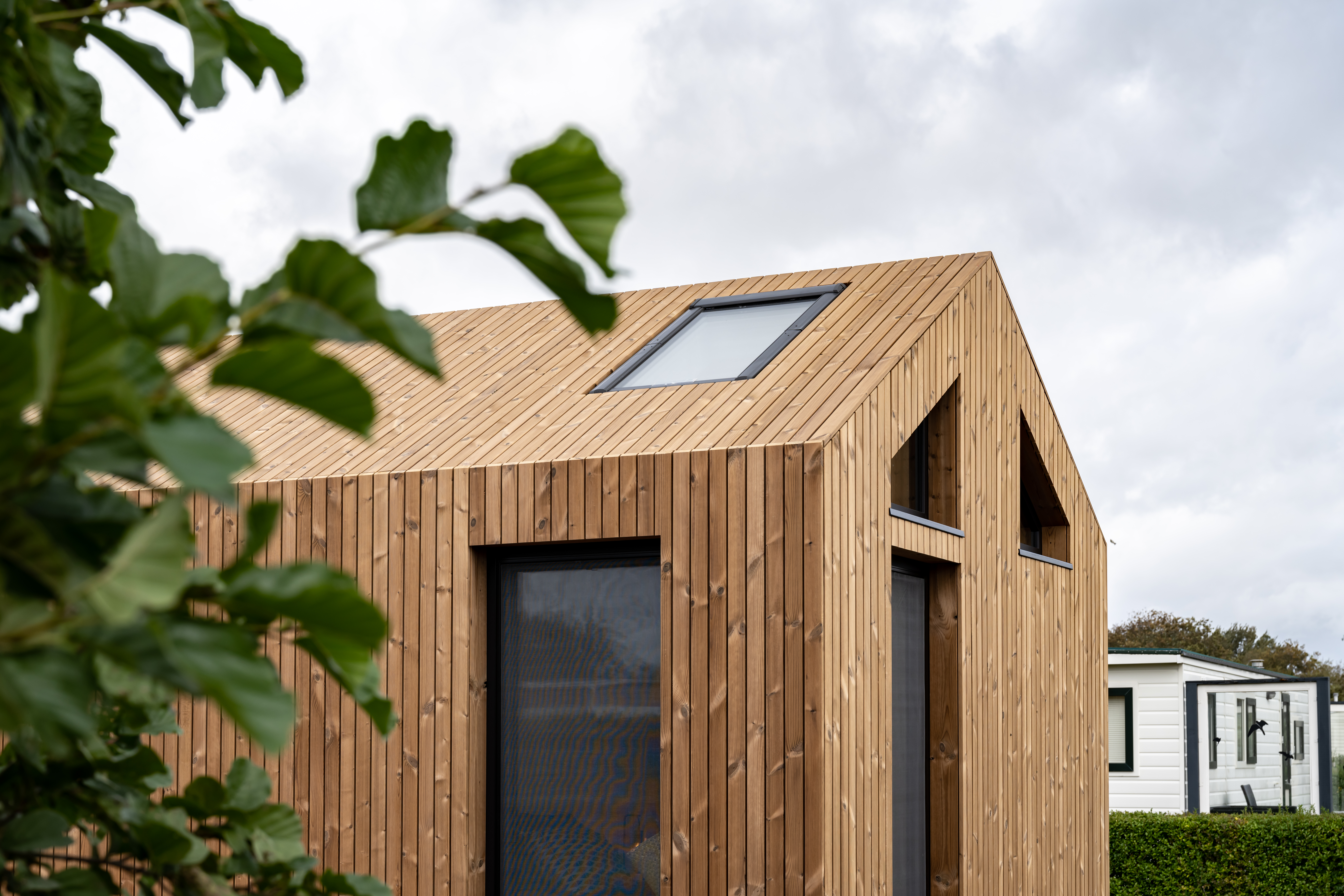
Let Profile Be Your Last Design Decision
The the shape and detail of the profile needs to be considered when finish is chosen as well. What are the show faces of the profiles. Do any faces need to be fitted to others. For example in a T&G profile the tolerance can be quite tight on the joint fit and additional finish build up could make that joint not fit at all. Likewise some profiles are cut quite deeply to accommodate a hidden clip and just getting finishing into that groove can be a challenge. But complete coverage of the clapboard is essential to provide even protection. Other times how the finish is applied needs to be changes because every face is a show face. For example when a cladding design transfers down to a fence or privacy screen. Now you need a clean application of finish on all sides. These are just a few things that may change which finish is chosen and how it is best applied for the best look. But you can’t know until you have chosen the finish AND the profile. So if you take nothing away, don’t forget how important the actual profile is to the overall look and even performance.
We offer four standard cladding profiles for the 32 products in our Alpha collections. They all offer a simple and classic look for exterior cladding. These four standard profiles are just the beginning though, as our mouldings catalog is stacked full of profiles ready to meet the needs of your specific project. Moreover we can custom grind knives for even your wildest design ideas. Just remember that the clapboard profile you choose should never be considered individually but rather how they join together to create an entire wall or ceiling. It is that look that will define your finished project. Moreover it will change how the finish presents itself at a variety of angles and lighting situations. Our years of experience with custom profiles has taught us just how important it is to think about the entire scale of the design. We have learned that sometimes the profile needs to change in order to realize a design vision when it is viewed all together. We are always open to your ideas and input and look forward to an oppotunity to help you make your vision come to life. Custom projects are a huge part of what we do, as every project and job site have different requirements when it comes to durability in harsh weather, aesthetics or ease of maintenance.
Hopefully our journey through species, grain, opacity, texture, and now profile have shown you just how many variables come into play when choosing a finishing cladding product. These are aspects we have considered endlessly as we developed our Alpha lines and we hope that you agree that these aspect can take your cladding from good to great! Please let us know if we can put together a box of Alpha samples for you to consider on your upcoming designs.

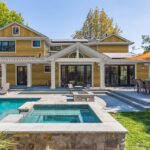
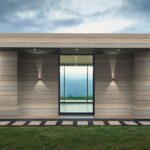
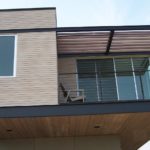
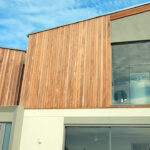
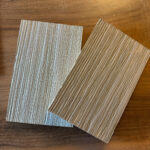
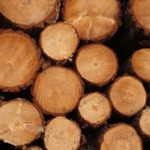


Leave a Reply